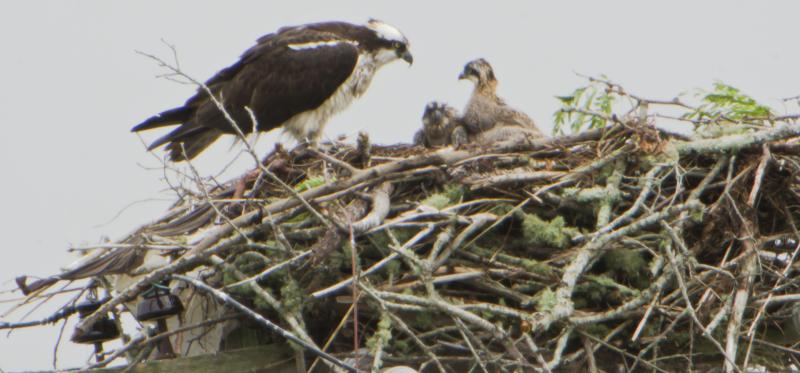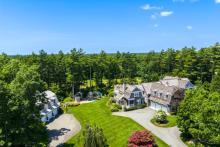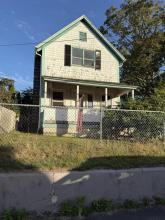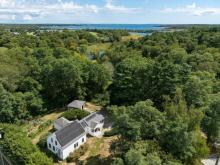Onset ospreys get a little help... from NSTAR
The power pole in Onset was not intended to be an osprey nesting platform.
But no one told the ospreys that.
Now that Ma and Pa osprey are raising their feathered offspring atop the pole, an NSTAR crew spent time last week moving power lines out of the birds’ way.
NSTAR spokeswoman Priscilla Ress says workers were out on the bridge on July 16 to find a solution that works for the birds and the power lines.
The birds won’t be getting an eviction notice, but should they return to the same spot to nest next breeding season, they will find that their home has been relocated.
NSTAR has a federal permit to move the nests and, while the linemen aren’t trained on bird handling, the company works with local agencies such as Cape Cod Wildlife to handle the birds if necessary.
When the ospreys and their chicks leave for the season, workers will be back to install a platform for the birds to build a nest.
“When the ospreys return there’s going to be a prevention device [on the utility pole] and, on the platform, there’s going to be a partially built nest,” according to Ress.
The ospreys come north to breed and head south when the weather turns colder. There are some populations, such as those down in Florida, that stay put year round, but the birds don’t hang around for winter in Massachusetts.
“The ones we have are migratory, so when it’s not spring and summer, they spend their time in Central and South America and along the Gulf Coast,” said Kim Peters, chief scientist and director of bird conservation at the Massachusetts Audubon Society.
By 1964, there were only 11 ospreys left in Massachusetts thanks to the effects of the pesticide DDT, according to the Audubon Society. The chemical was banned in the United States in 1972, and its devastating effect on birds was documented in Rachel Carson’s seminal book, “Silent Spring.”
“Their population dropped about 90% in the ‘50s and ‘60s. ... It was most assuredly because of DDT,” said Peters. “When DDT was banned in the seventies,” the birds started coming back.
NSTAR worked with the Massachusetts Department of Fisheries and Wildlife to help restore the population by setting up poles with platforms that the birds could build their nests upon, Ress noted.
“I always think of ospreys as real conservation success because it’s one of those situations where someone tooted the whistle and we were able to act really fast,” Peters said.
With the population flourishing, it’s unlikely the raptors will vacate all utility poles for good.
“They’re pretty ubiquitous,” said Peters.
Do you have any osprey nests in your neck of the woods? Tell us about them in the comment section below this story!














